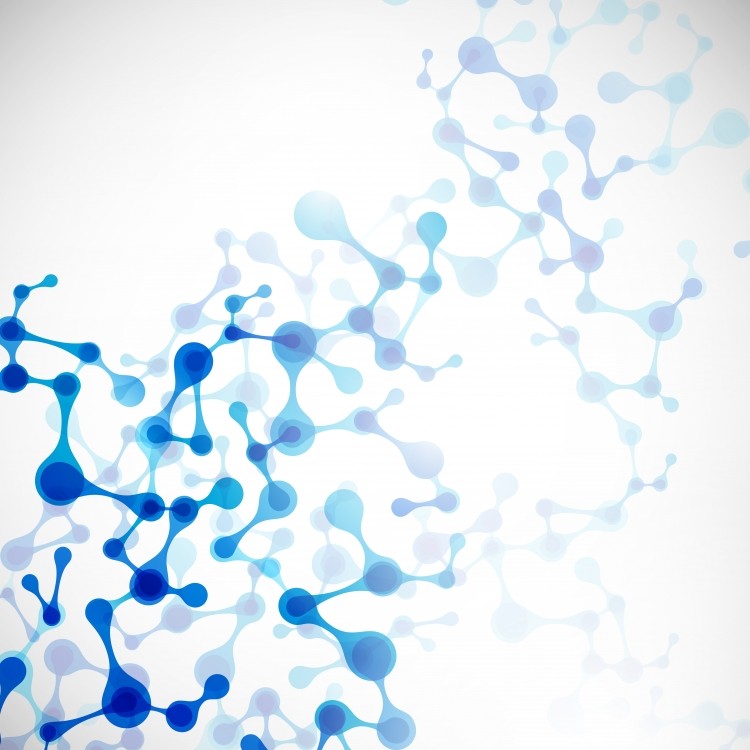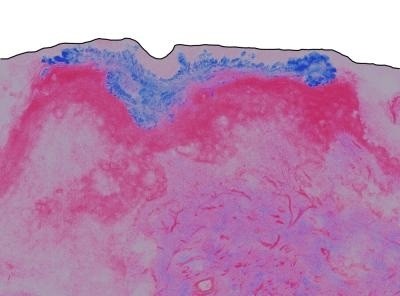Study finds nanoparticles may damage DNA

The study, which has been published in the journal ACS Nano, looked at several commonly used nanoscale compounds, and found that zinc oxide and silver nanoparticles, both compounds used in cosmetics, potentially damage DNA.
Particularly of concern for the industry is the finding of damage by zinc oxide, as the compound is widely used in sunscreens at nano scale.
Reformulation
The FDA allows untested nanoscale additives if the material has already been shown to be safe at larger scales; however, the latest study adds to evidence which suggests nanoparticles’ particular properties may mean the much smaller versions of the compounds are unsafe.
Any necessity for widespread reformulation will be particularly problematic for the sunscreen sector, currently faced as it is with what expert Dr Jack Ferguson has called a “regulatory wall”.
“It’s a tough battle,” notes Bevin Engelward, professor of biological engineering at MIT and one of the study’s head researchers. “Once these things go into production, it’s very hard to undo.”
Cell damage
According to the researchers, the study used a high-speed screening technology to analyse DNA damage, and was able to observe the potential damage of nanoparticles at a higher rate and larger scale than has been achieved before.
It used a recently developed microfabrication technology technique, which in tracking the distance covered by DNA moving across a matrix during electrophoresis, was able to determine damage within individual cells.
It found nanomaterials can produce free radicals called ‘reactive oxygen species’, which can alter DNA.
Alternative testing?
According to Wolfgang Kreyling, an epidemiologist at the German Research Center for Environmental Health who spoke to the researchers, the method is a potential tool for future testing.
“High-throughput screening platforms are desperately needed,” Kreyling says.
“The proposed approach will be not only an important tool for nanotoxicologists developing high-throughput screening strategies for the assessment of possible adverse health effects associated with ENPs, but also of great importance for material scientists working on the development of novel ENPs and safer-by-design approaches.”















